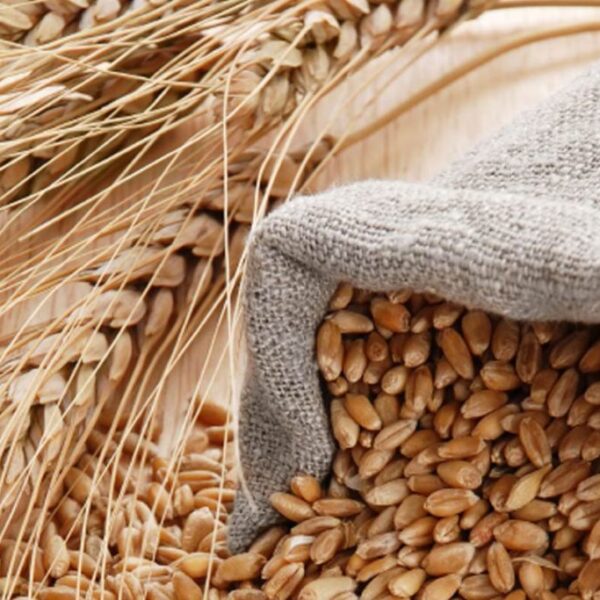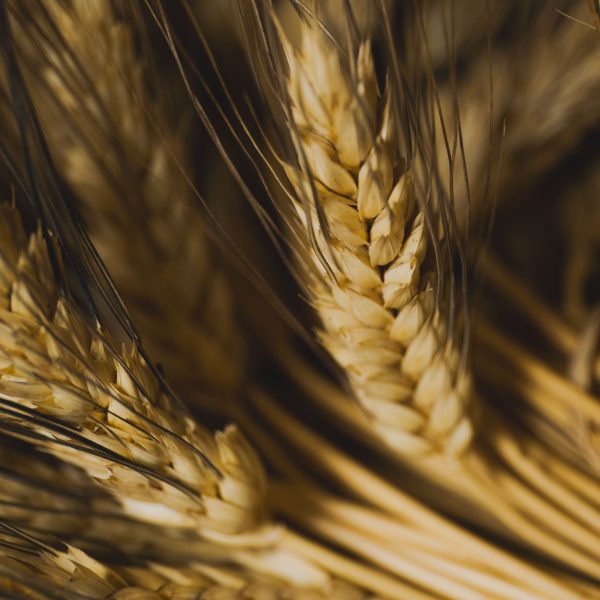SICILY: LAND OF WHEAT
Even the sacred scriptures tell us about wheat, just think of the word “bet-leheni” which means house of bread. The world of Romans and Greeks also spoke of wheat, the Greek goddess Demeter had a daughter from Zeus, Persephora.
The young girl was kidnapped and it is said that Demeter, for the joy of having found her daughter, made the wheat germinate. Demeter was adopted by the Romans with the name Ceres (hence the term cereal). Sicily became a granary that the Greeks exploited after having expelled the Sicilians.
Wheat has not only traced the history of man, but it has traced, and still traces today, the landscape of our territory. All over the world and in all the magazines, Sicily is identified with a warm colored landscape and bright yellow hills.
Wheat is also considered as a brand that identifies Sicily. Our island is famous for the artistic itineraries from city to city, from town to town, but the predominant landscape is undoubtedly the one shaped by the cultivation of wheat in the different areas of Sicily.
THE GRAINS OF SICILY
Since ancient times, Sicily has been a land particularly linked to the cultivation of wheat, so much so that it earned the title of “Granary of Rome” in ancient Rome.
The soil and climate in Sicily favor the growth of a very rich variety of durum wheat and the natural drying of their spikes.
The scent of wheat in Sicily has nuances that are difficult to find elsewhere: Sicilian wheat returns to fill the fields, to rebuild the landscapes, to enrich the biodiversity that has always distinguished the island, with growing attention to sustainable agriculture.


THE ANCIENT GRAINS OF SICILY
Wheat has found in the island the environmental conditions to establish itself in over fifty well-defined local varieties, which tell fifty names, fifty stories, fifty places and which still have a lot to reveal to that part of Italian consumers who are bringing them back to table.
The lower quantity of gluten present in ancient Sicilian grains means that all the products obtained from them are lighter, more digestible and assimilable, with less probability of developing increasingly widespread intolerances.
Finally, some native ancient grains are very resistant and grow spontaneously without requiring an excessive use of fertilizers and pesticides. Ancient Sicilian grains are mostly characterized by very high plant height (on average more than 150 cm), late ripening and low productivity (they often produce less than half of modern varieties).
They have good nutritional and health value in terms of high content in: fibers, proteins, antioxidants, vitamins and minerals and low or very low glycemic and gluten index.
